Most birds quickly take flight or flee into the cover of trees or bushes when humans or other animals are near. In their eyes, we are predators, and very large ones at that. Some birds however seem to show little or no fear around humans. Are these fearless birds or incredibly stupid birds that simply don’t understand the danger?
In this post, you will meet 9 birds that show no fear around people or other animals, including one that faces off against the big cats of Africa. We will look at their behavior and rank each one on a scale to decide if they are fearless birds or stupid birds.
Read about the amazing intelligence of some birds in The Genius Of Birds – read my review of this book here.
1. Canada Jay (Whisky Jack)
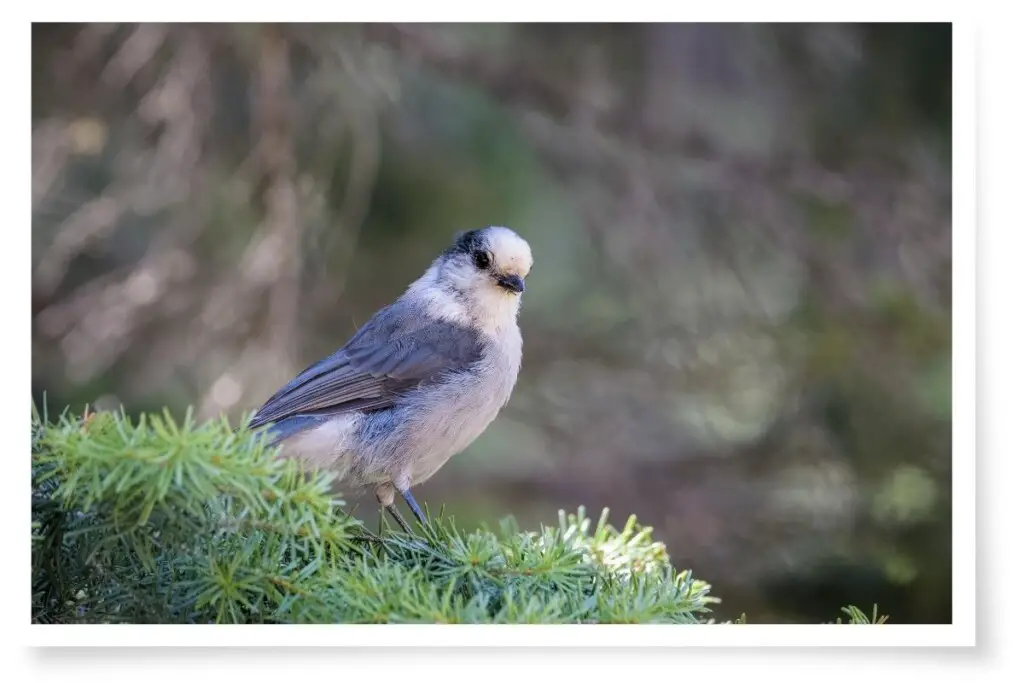
The Canada Jay also called the Gray Jay or the Whisky Jack is a gray, black, and white bird around 27.4 to 31 cm (10.8-12.2 in.) in length. They are members of the Corvid family which includes Crows, Magpies, and Ravens.
They are found all across North America and Canada in boreal and subalpine forests. In the north, they can be found all the way to the tree line (the edge of the habitat where trees are capable of growing). Other populations exist as far south as New Mexico and Arizona.
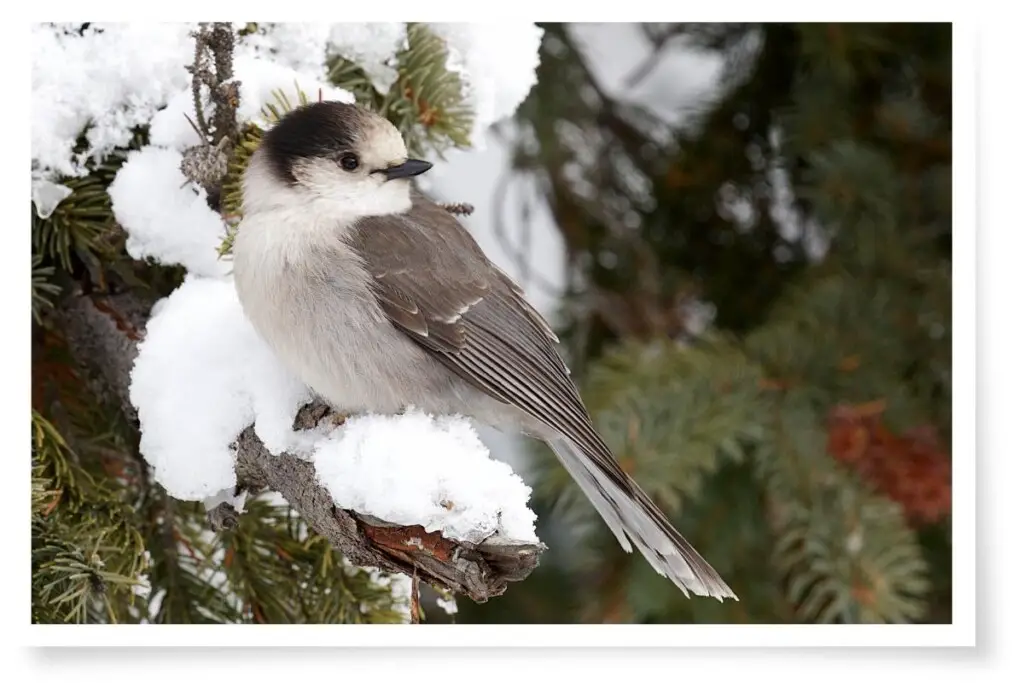
One of the nicknames of the Canada Jay is “camp robber.” They are known for their bold raids on campsites and even cabins, audaciously venturing in to get at the food stores of campers. They will even follow hikers through the woods, flying from tree to tree waiting for the opportunity of a free feed.
Whisky Jacks are known for being unafraid to be hand-fed. They will readily seek out humans in the hope of getting fed.
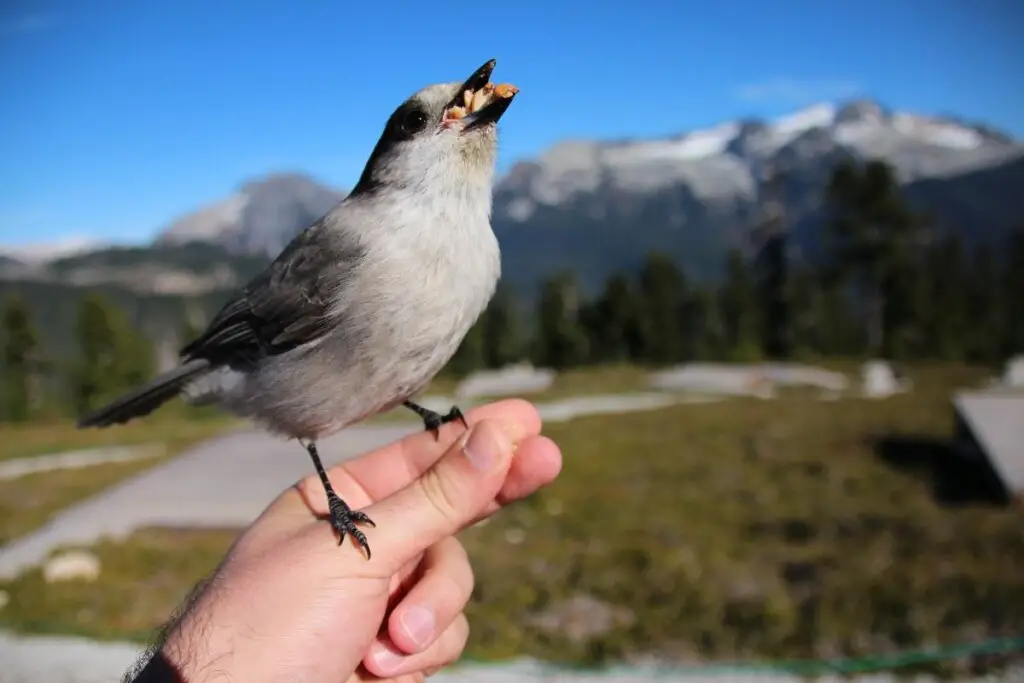
These fearless birds are not just brave around humans either. They will sometimes attack rodents and small birds. There is even evidence of two Canaday Jays attacking a weasel?!
So is this a fearless bird or just a stupid bird?
Canada Jay Ranking
I ranked the Canaday Jay as almost totally fearless.
While they seem to rush in without an ounce of concern for their own well-being, they still show a lot of intelligence. Seeking food from humans during the winter months when their natural food sources are depleted is quite a smart move.
I thought attacking Weasels was perhaps not the smartest move though…

2. Australian White Ibis
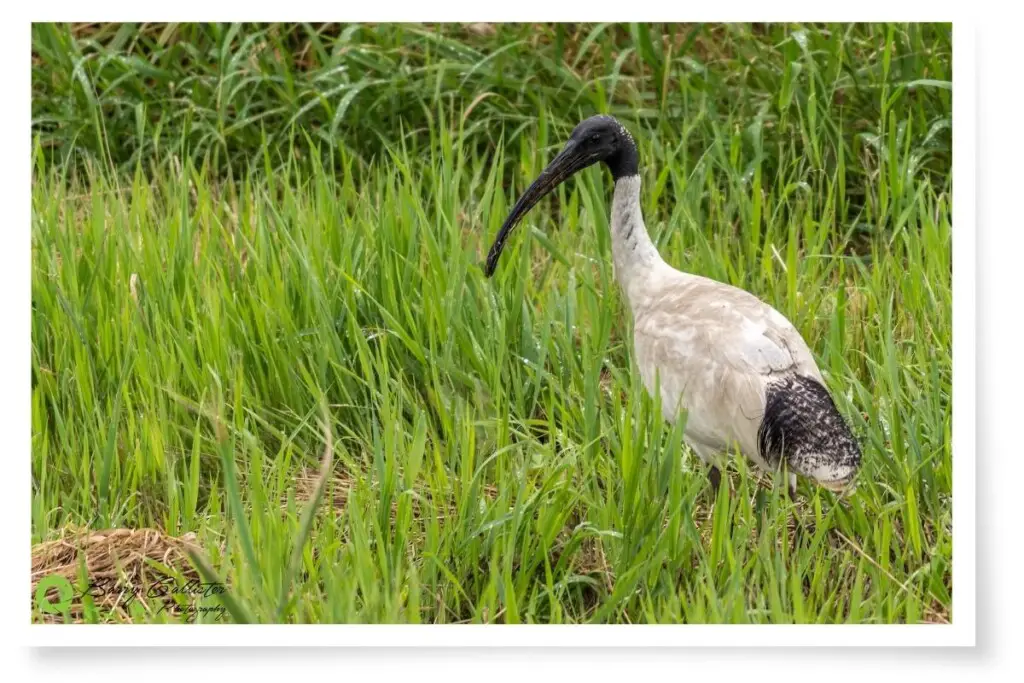
The Australian White Ibis, also affectionately known as the Bin Chicken, is our next seemingly fearless bird.
These are large white birds with black, featherless heads and long curved beaks. They are around 63-76 cm (24.8-29.9 in.) tall and have a wingspan of 110-125 cm (43.3-49.2 in.).
They have earned the name ‘bin chicken’ due to their love of scavenging food from rubbish bins in city streets and parks. Some Ibises, however, have gone beyond the odd bit of dumpster diving.
Australian White Ibis are notorious for their brash behavior at picnic tables or even outdoor café tables. They will often jump right up onto the table to pilfer food right off your plate?!
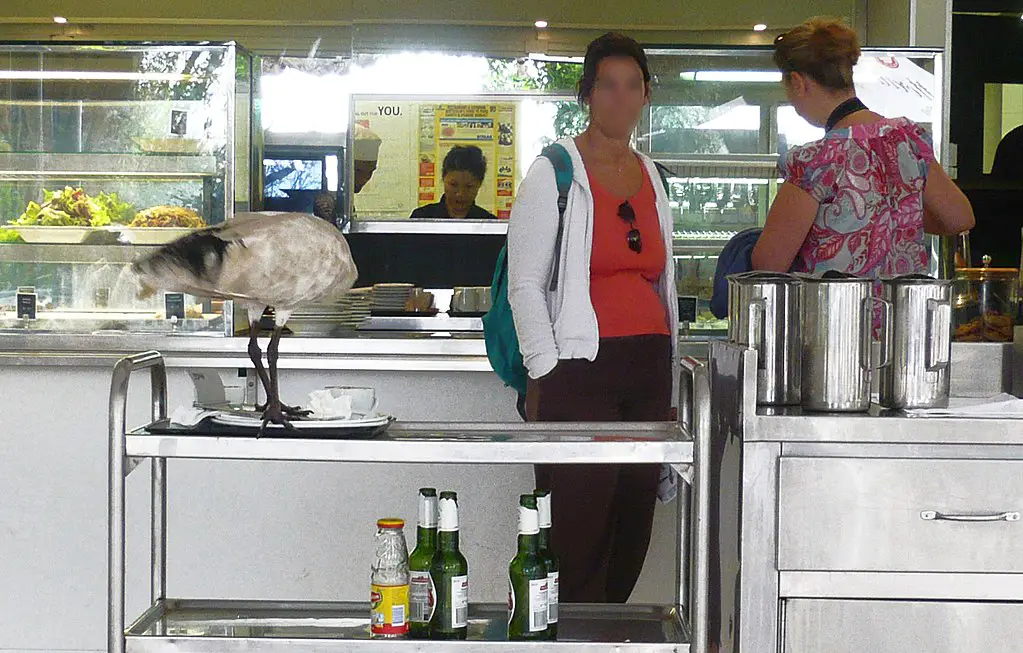
White Ibis have adapted to live not just alongside human beings but quite literally amongst them. The video below shows one bird having a nice leisurely stroll through the food court of a mall in Sydney:
Considering their normal diet is usually frogs, fish, freshwater crayfish, mussels, crabs, shrimps, earthworms, crickets, and the like, feeding on human scraps is a significant adaptation.
Discover 17 funny Australian bird names guaranteed to make you laugh in this post.
Australian White Ibis Ranking
If you approached most Australians and asked if they consider the Ibis to be an intelligent bird, they may possibly laugh in your face.
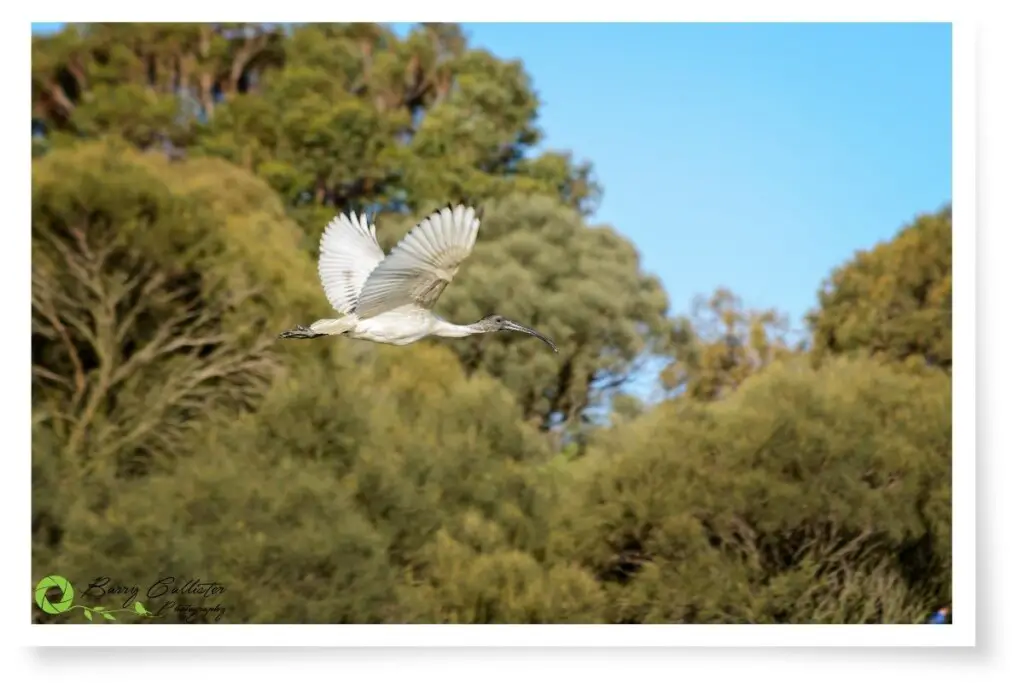
In my opinion, a lot of birds are undeservingly branded as stupid. Yes, the Ibis is not the most attractive bird and you might even say that it looks a bit awkward or, dare I say it…ugly.
Considering how much of their habitat we have destroyed to build our towns, cities, homes, and such, it is no wonder they have had to adapt.
Figuring out that humans waste an endless amount of food and that that food is just sitting there, ripe for the taking is not stupid at all. It is quite clever.
Here at Birdwatch World, I believe the Ibis is not simply fearless but also quite ingenious. For this reason, I rated it slightly higher on the bravery side of the scale compared to the Canada Jay:

3. Shoebill Stork
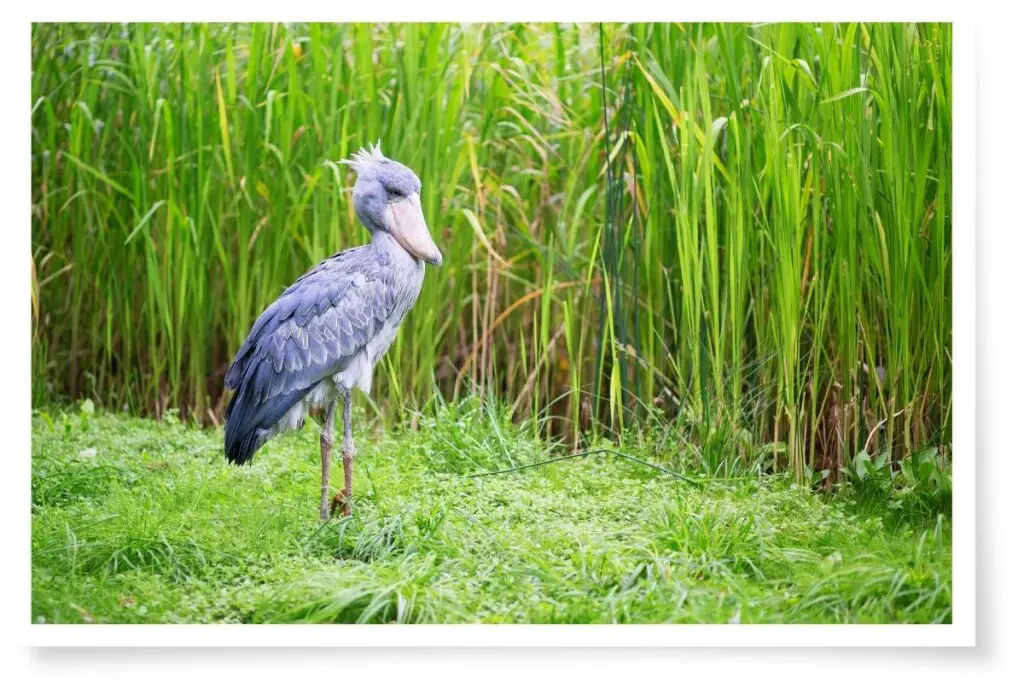
The Shoebill Stork is a prehistoric-looking bird from Africa. Its standout feature is of course that massive bill that resembles a clog and earned it the name Shoebill.
These birds stand a massive 120 cm (4 ft) tall and have an intimidating look about them.
Now, these birds don’t often come into contact with humans, unless it’s in a zoo. They live in marshlands and due to their vulnerability are hard to find in the wild.
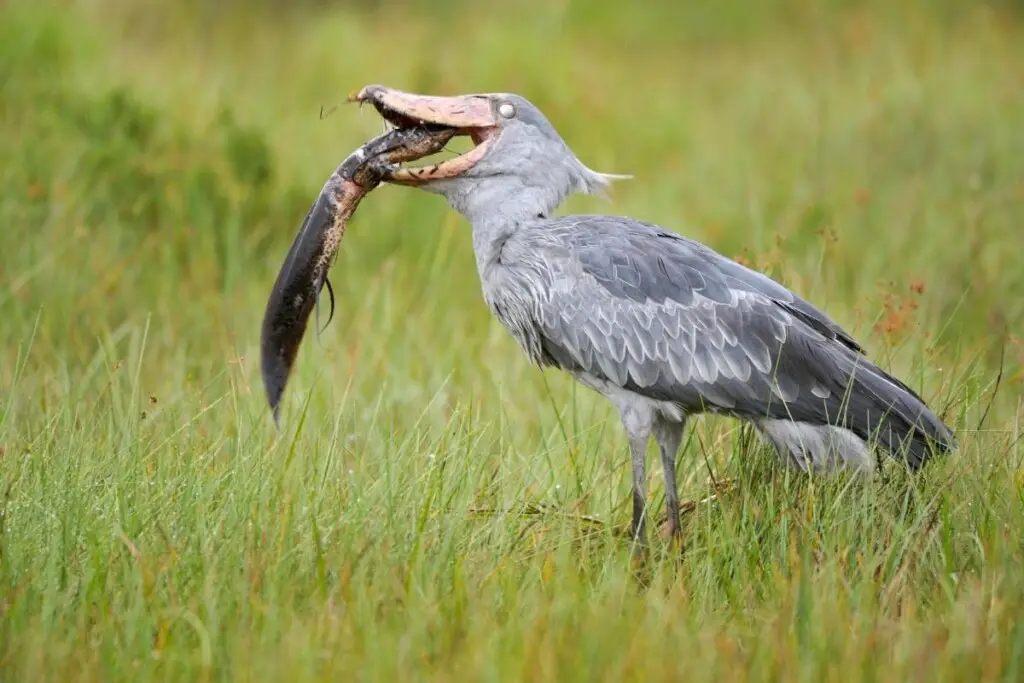
However, it is not their fearlessness around humans that earns them a place in this post. It is the fact that they will stand up to crocodiles?! They not only stand up to them though…they eat them!
Shoebills’ diets consist mainly of lungfish but they will also eat catfish, tilapia, Senegal bichir, water snakes, rodents, young waterfowl, and young crocodiles.
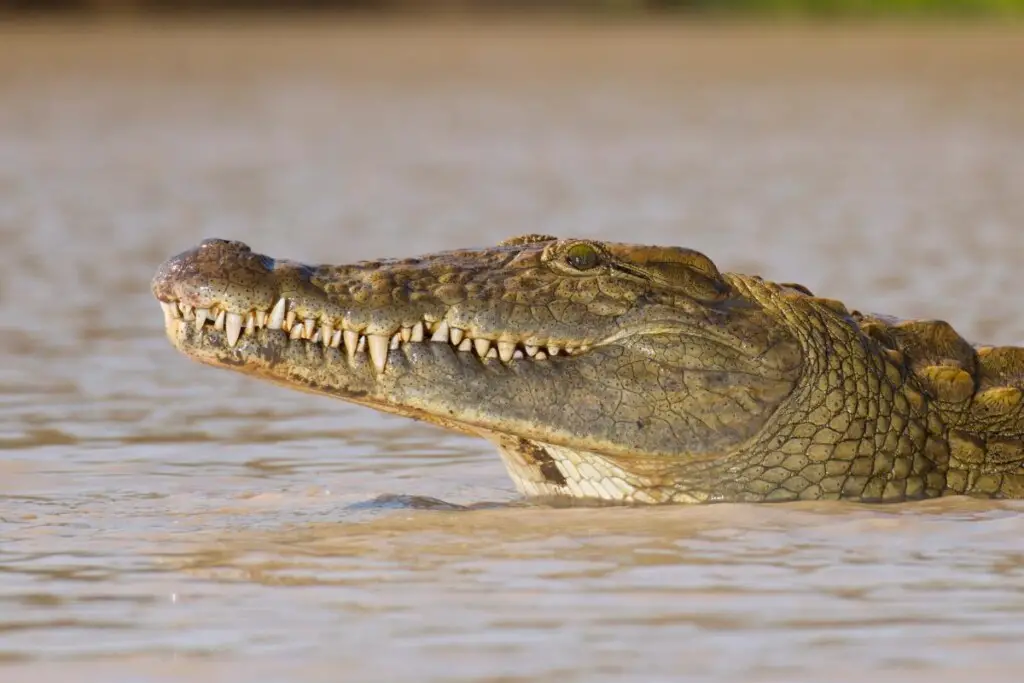
Now if you are preying on young crocodiles, you are inevitably going to be in the vicinity of a mother crocodile as they are very attentive parents and rarely leave their young. No problem, Shoebill Storks have also been known to stand up to full-grown crocodiles too?!
The Shoebill also features in my Unusual Birds That Will Shock You And Blow Your Mind article.
Shoebill Stork Ranking
You may be thinking that any bird willing to go head-to-head with a crocodile must be incredibly stupid. I tend to think these birds are incredibly cunning and also totally fearless.

4. South Polar Skua
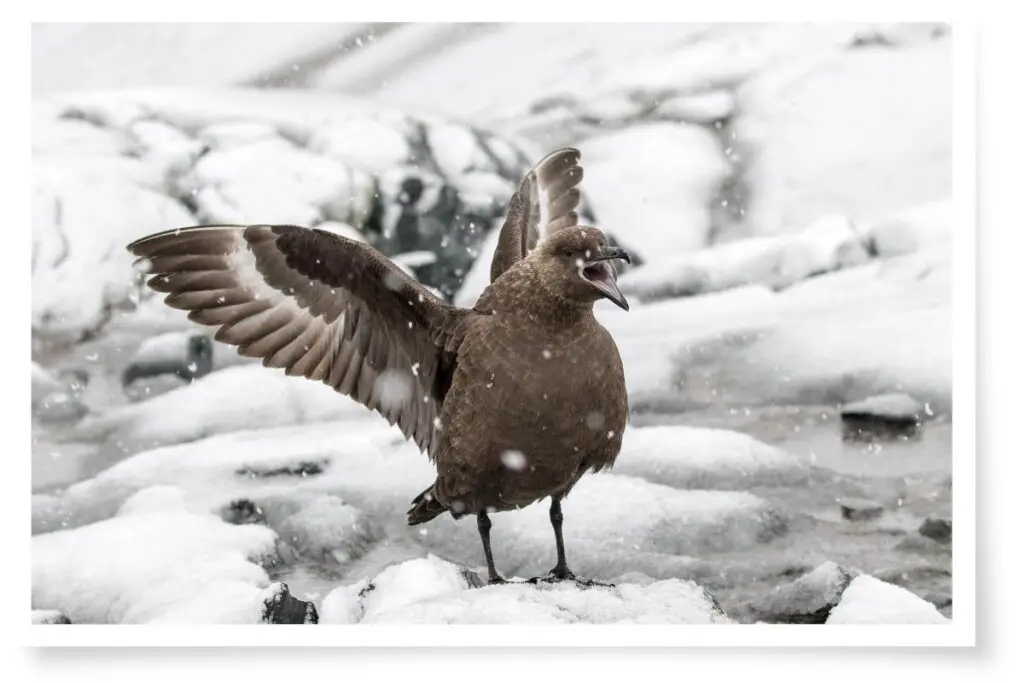
The South Polar Skua is a large seabird that stands around 50-55 cm (19.7-21.7 in.) tall. These birds breed along the margins of the Southern Ocean and are known for their ferocity.
Skuas have a bad reputation as they prey on the eggs and chicks of penguins and other seabirds. They will also prey on adult birds too.
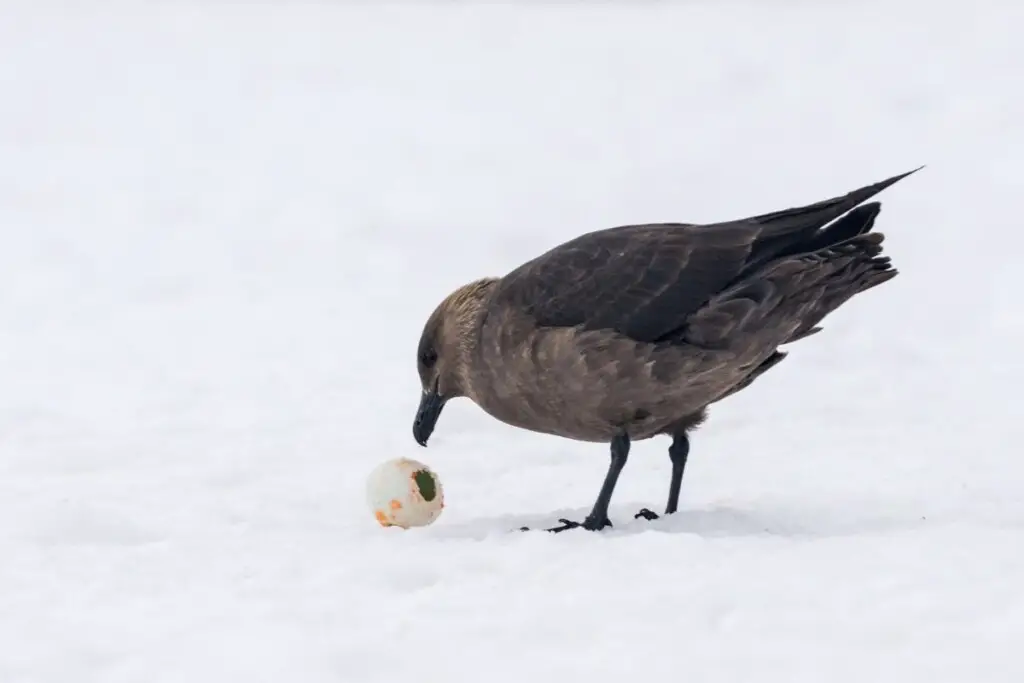
It is their fearless (and relentless) attacks on anything that comes even mildly close to their nesting sites that have won them a place on this list.
I have first-hand experience with the South Polar Skuas and their aggressive attacks. In 2005 while visiting Antarctica, I was divebombed by these audacious birds while walking on Half Moon Island.

In the diary entry for that day, I mention how we had to turn back because the Skuas would not stop swooping at us.
The walk was amazing though cut short by Skuas that were swooping us ’cause we were too close to their nests.
Barry Callister
Like other Skuas, South Polar Skuas will go straight for the head of any intruder that approaches too close to their nesting territory. They will peck at the head and face, pull clothing, and dive-bomb straight towards the head, making contact with their strong beaks.
Add to this the fact that they are not afraid to enter a squawking, snapping colony of nesting penguins to steal eggs from right under their noses and you have one tough bird!
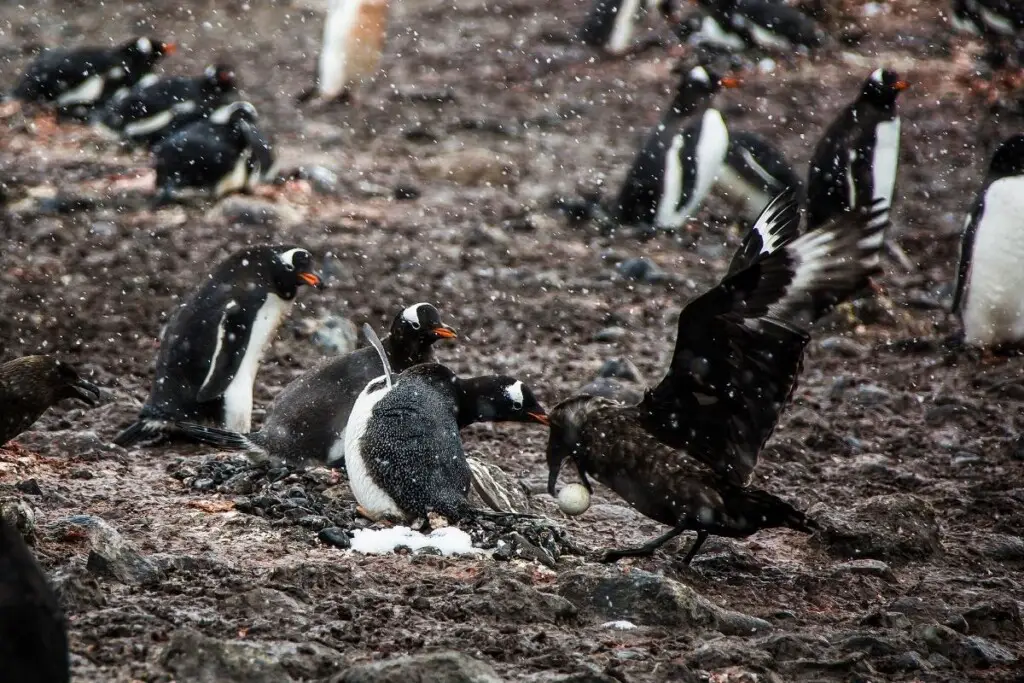
South Polar Skua Ranking
Skuas are very intelligent. Some scientists believe they may even have brainpower on par with Crows; birds known for their genius problem-solving skills.
They can recognize individual researchers by their clothing, sunglasses, or backpacks, attacking only those who have raided their nests previously to tag chicks. [1]
For this reason, I have rated the South Polar Skua as completely fearless:

Find out why most birds are scared of humans in this post here on my blog.
5. Australian Raven
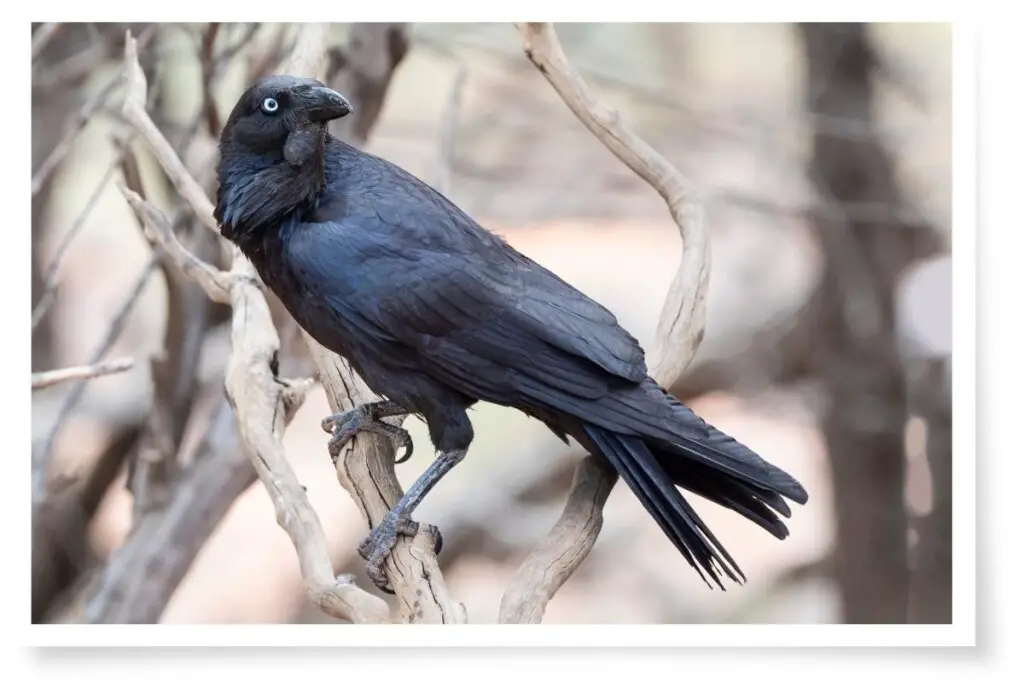
The Australian Raven is around 48-54 cm (18.9-21.2 in.) long. A striking glossy black bird with a broad bill and long throat hackles (feathers above the chest that resemble a beard).
These are very common birds in the southern and northeastern parts of Australia. They are often found in public parks and gardens, waddling around on the ground searching for scraps of human food.
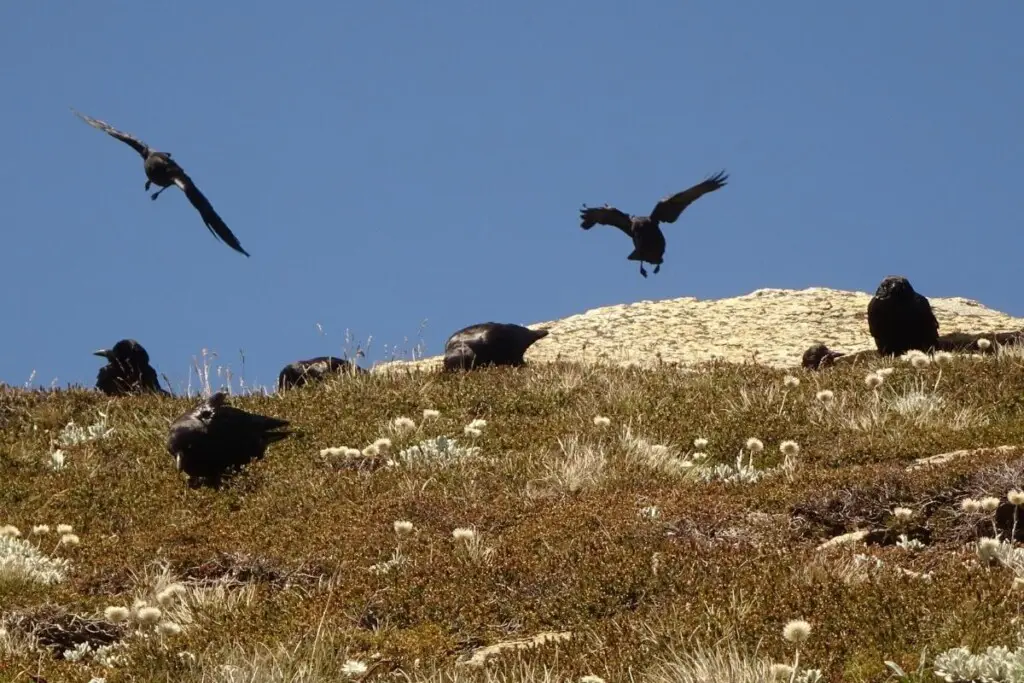
Their natural diet consists of invertebrates, small birds, eggs, nestlings, small mammals, and carrion. Occasionally they will also eat frogs, lizards, and fish.
One place they are frequently found is nearby or on roadways, eating roadkill. It is here that they earn their title of fearless bird.
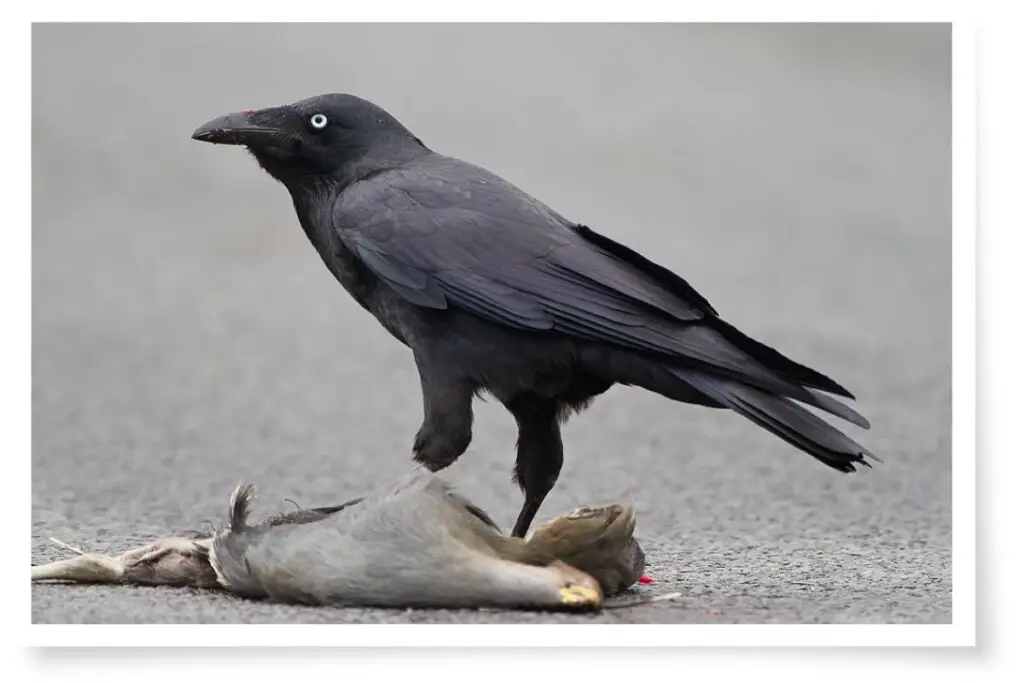
Many Aussies can attest to the road etiquette of these feathered scavengers. They will stay in the path of an approaching vehicle until the very last moment before skillfully avoiding being struck.
As a driver, you feel like you need to slow down and almost swerve so as not to hit them. They seem to have no fear whatsoever of being struck by cars.
Australian Raven Ranking
Ask almost anyone in the world to name an intelligent bird and they will most likely say ‘crow’ or ‘raven.’ These birds are incredibly smart at figuring out how to reach food in tricky places.
They have learned how to attack the poisonous Cane Toads that plague the north of Australia. They flip them over before eating them so as to avoid the poison glands located on the top of the toad’s head.
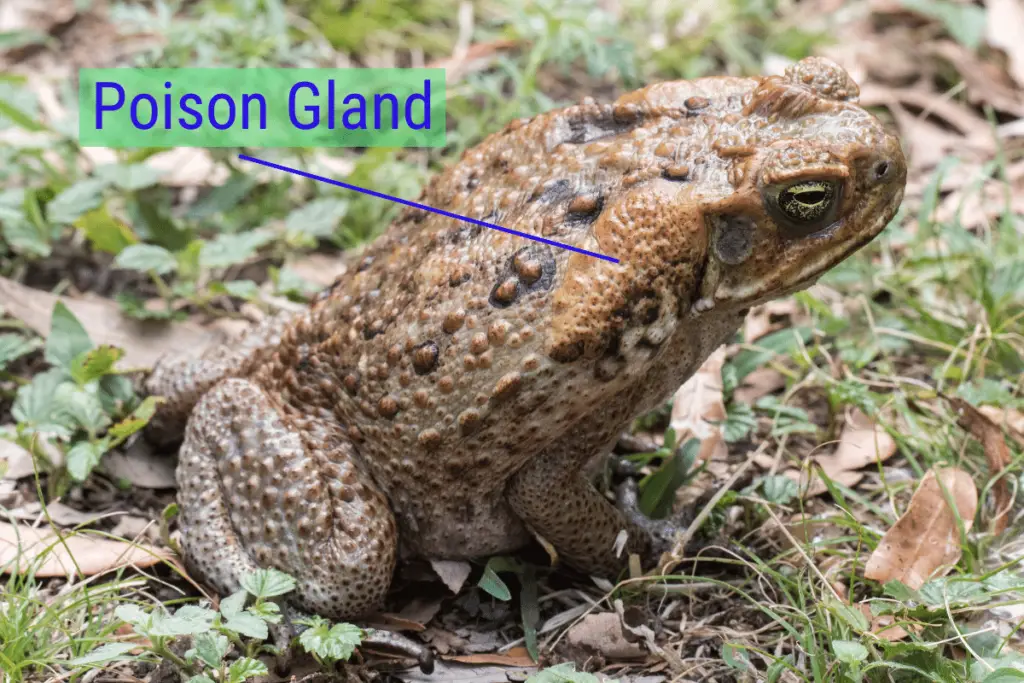
As Australian Ravens are so intelligent and will stare down a fast-moving vehicle, they deserve a rating of completely fearless:

7. Black Kite
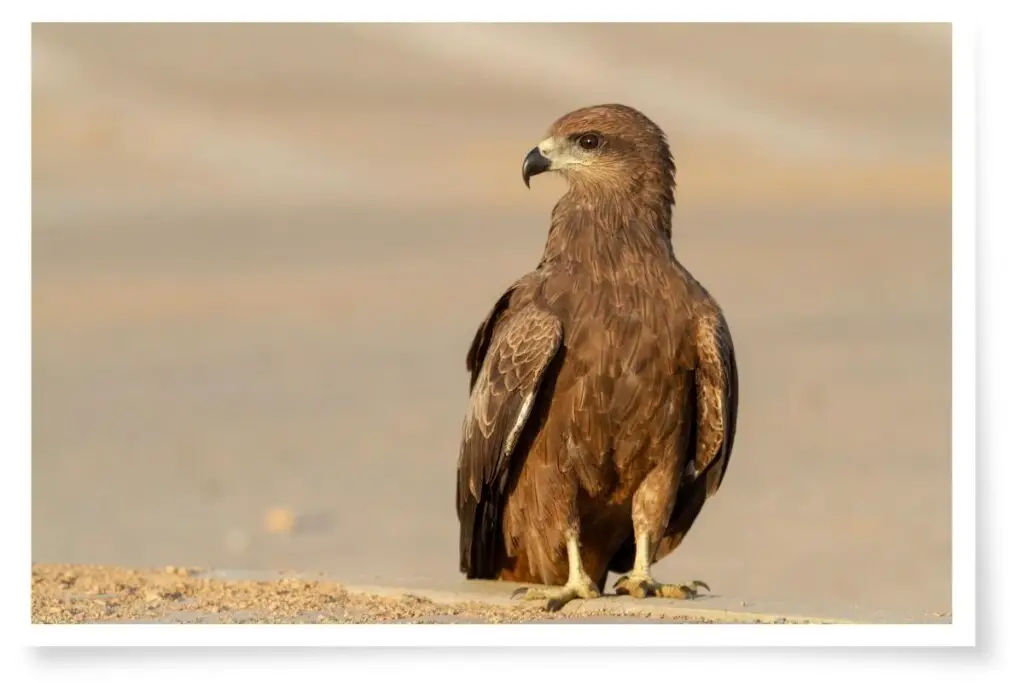
The Black Kite is one of the most common raptors in many areas of Europe, Asia, Africa, and Australia. It is a medium-sized raptor, measuring around 44-66 cm (17.3-26 in.) in length.
Black Kites are very adaptable and have learned to live in close proximity to humans. They are not fussy eaters and will take offal from abattoirs or fisheries, garbage, scraps, and any kind of carrion.
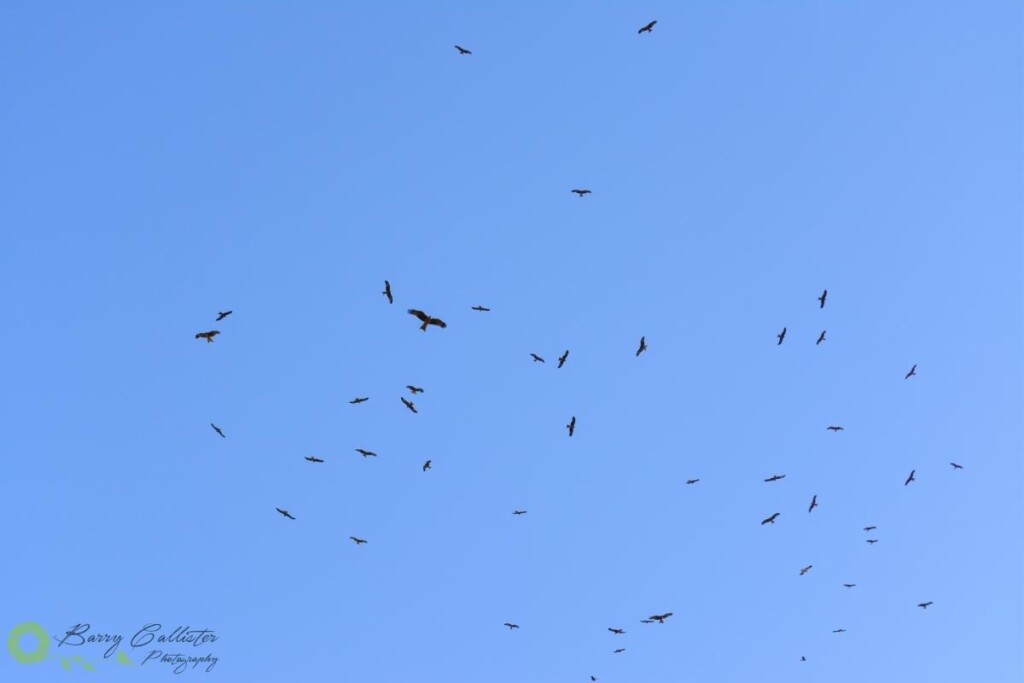
What has earned the Black Kite a place on my list here, however, is the way it will swoop down and snatch food right from the hands of humans.
Kites at Ngorongoro Crater in Tanzania have a reputation for stealing lunch from the hands of unsuspecting tourists and ornithologists.
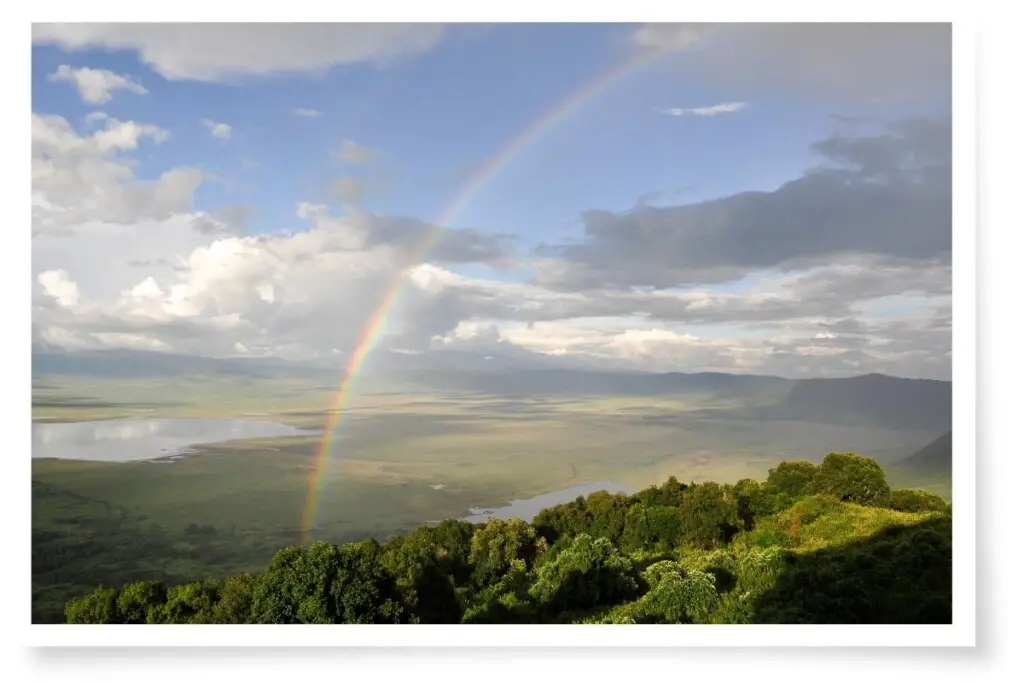
In Australia, Black Kites are known for showing up at the site of bushfires. They are smart enough to know that the fire will flush out small rodents and other animals that the kites can catch and eat.
The video footage below shows a black kite hunting during a bushfire within meters of the flames:
Black Kite Ranking
I think you will agree that Black Kites more than deserve a rating of completely fearless. Any bird that snatches food from humans and hunts in the middle of a bushfire has got to have some serious courage.

8. Ostrich
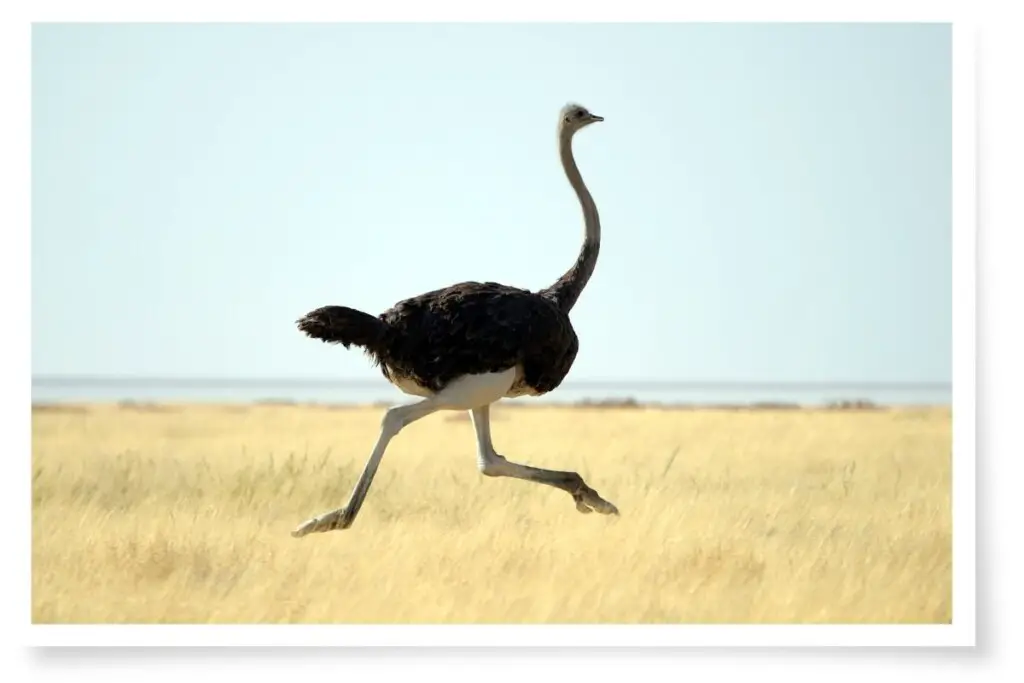
The Ostrich is the largest bird on the planet; the males stand an intimidating 210-275 cm (6.9-9 ft) tall.
With a running speed of around 70 km/h (43 mph), a 10 cm (3.4 in.) long claw on their largest toe, and a kicking force of around 2000 pounds per squared inch, they are an unnerving sight close-up.
Now usually when faced with a threat, Ostriches will not place their heads in the sand as the old saying goes.

They instead either run or sit down and lay their long necks out along the ground to remain as hidden as possible.
When cornered, however, an Ostrich will fan out its 2 m (6’6″) wingspan, hiss, and kick out its long legs in an attempt to gorge the attacker with those large claws. Watch the video below of this rather brave lady demonstrating how to diffuse an Ostrich attack:
When defending their chicks, Ostriches will take on any predator, including humans, Cheetahs, and even Lions. An ostrich could in fact kill a lion with one kick to the correct part of the body.
Ostrich Ranking
I have to be honest here and admit that Ostriches are not the smartest-looking bird; they really do look dumb as a box of hammers?!
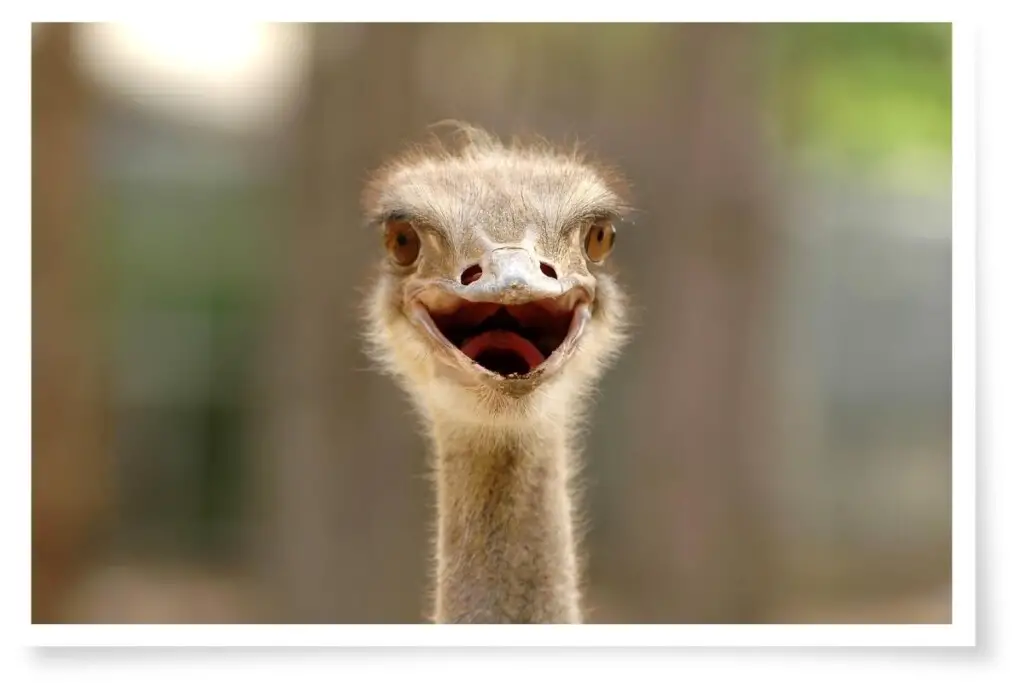
The brain of an Ostrich is, in fact, smaller than either of its eyes, suggesting that a lot of brainpower would be allocated to vision and not much else.
For this reason, as well as their habit of trying to eat practically anything, I gave them a low fearless rating:

9. Great Horned Owl
This bird is a badass?! There is no other way to say it!
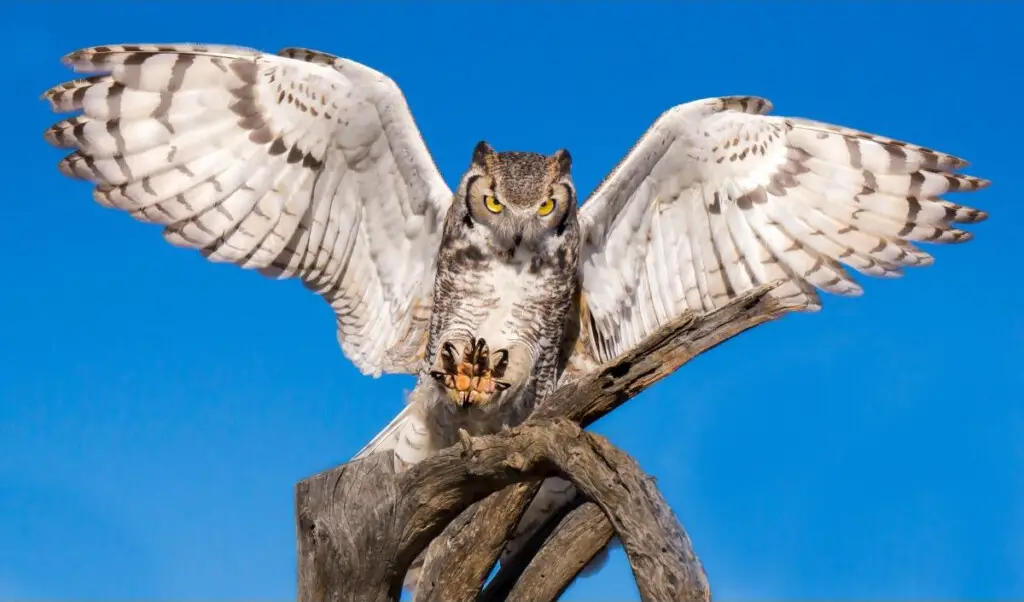
Great Horned Owls have been described as tigers with wings! Yes…a tiger…with WINGS?!
They are around 46-63 cm (18-24.8 in.) in length and the average span of their feet, fully spread, from talon to talon is around 20 cm (7.9 in.).
Their massive talons can apply around 300 pounds per square inch of crushing pressure. By comparison, the average human bite strength is just 162 psi.
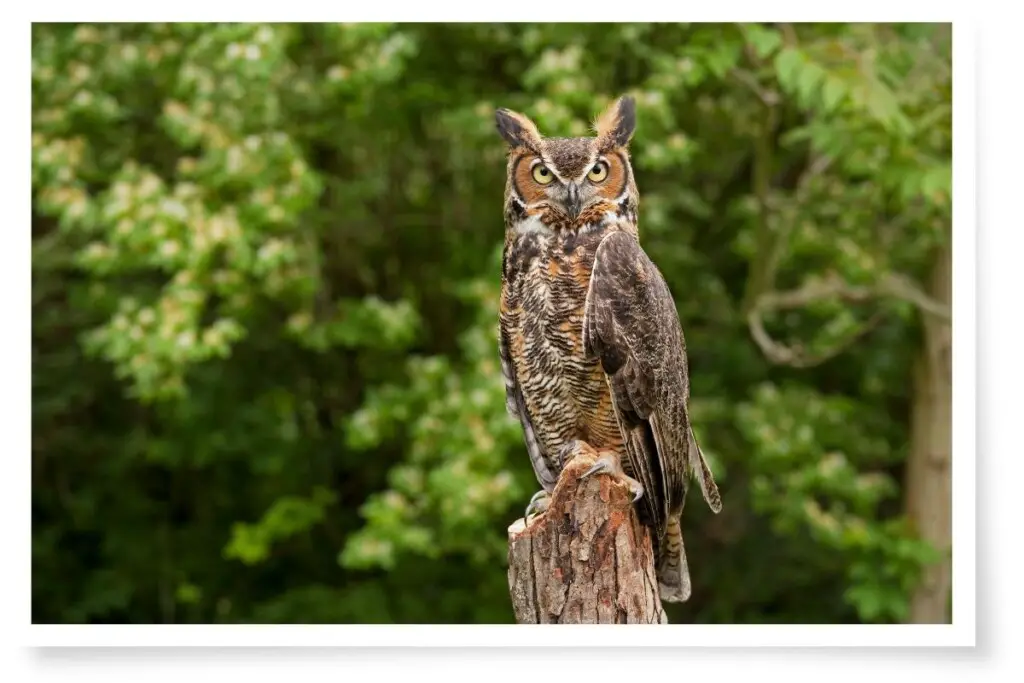
Great Horned Owls will prey on anything from the size of a scorpion up to large birds such as geese and herons.
They are extremely protective of their territory when nesting and will often attack humans. They will knock bald eagles from their perches, attack foxes, and as you can see in the video below, will fiercely defend their nests from any intruders:
Great Horned Owl Raking
From the text and footage above, how could we say anything other than that the Great Horned Owl is completely fearless?
I think it breaks the scale of fearlessness:

References
- Bird sizes and other information – birdsoftheworld.org
- 5 Interesting Facts About Canada Jays – Lesley The Bird Nerd on YouTube
- Canada Jays Attacking Weasels – Bulletin – United States National Museum no. 191 1946
- Additional bird information – audubon.org
- Fierce and Feathered: the Skuas of Antarctica – oceanwide-expeditions.com
